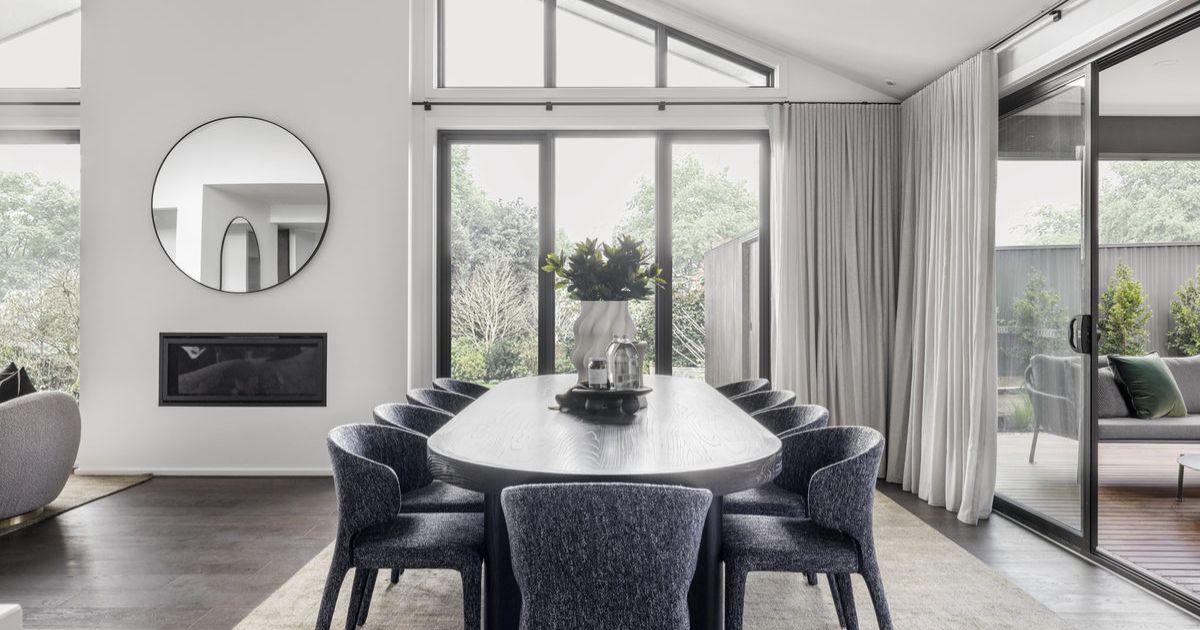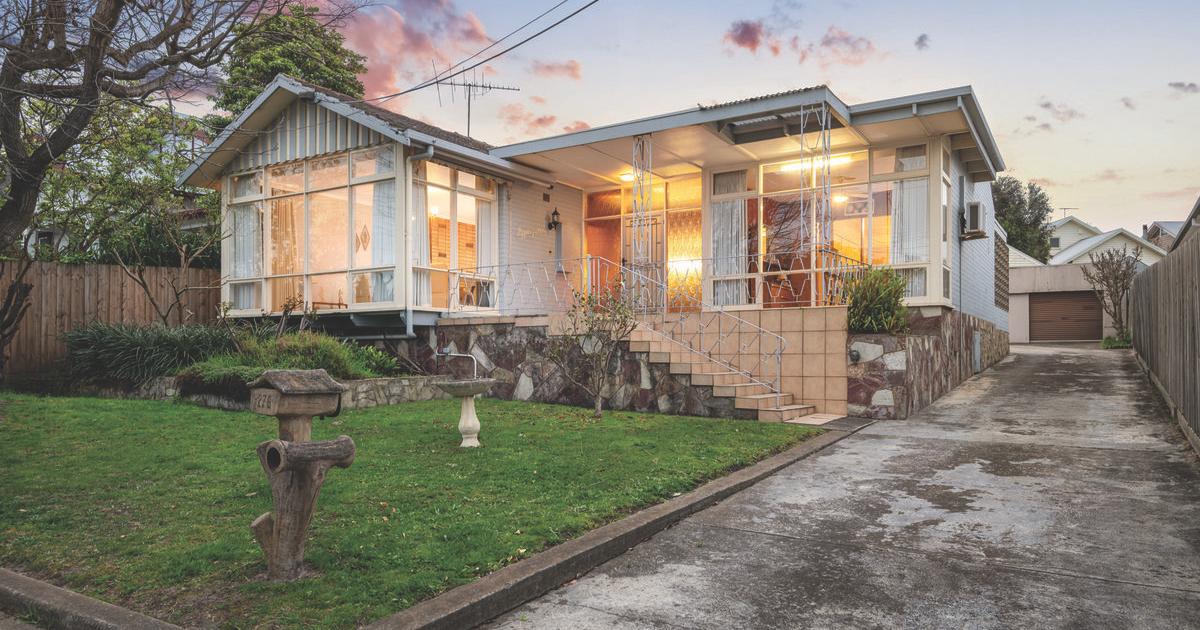Final stage of Geelong Arts Centre is a work of, and for, art
The Geelong Arts Centre is balancing the bold and practical in its soon-to-be-opened Little Malop Street redevelopment.
The striking design of the new facility sits in the heart of Geelong’s cultural precinct, and when open will host an array of national and international performances in a diverse range of unique new performance spaces.
Once completed, the innovative redevelopment expects to take its place as Australia’s largest regional arts centre, and proudly reaffirm the city’s place as a UNESCO City of Design.
The building was designed by Ian McDougall, director of ARM Architecture, who worked closely with Wadawurrung Traditional Owners Aboriginal Corporation and the wider First Nations community, drawing on elements of Geelong’s history, the continuing Wadawurrung connections to Country and First Nations culture, and the history of circus and theatre.
“Central to our architecture is the idea of local community engagement and storytelling,” Mr McDougall said.
“I think the most remarkable aspect of the design is the exciting combination of themes and stories from the widest community and especially a powerful telling of Wadawurrung stories. The whole project group worked together to capture Geelong’s spirit and build this into the physique of what is a campus of Geelong’s continuous history.”

He said these stories influenced each design decision, right down to the materials used.
“The many materials through the interior journey are intended to tell stories that recall the spirit of the place; the interior that speaks of the Wadawurrung stories of land-trees-sky; the rippling curtain of the front face; the timber tent of the foyers; the pattern of moonah trunks in the smaller theatre; the beautiful art panelling in the larger space; the outside walls by Tarryn Love and Kait James, and much, much more.
“The building tells many stories. It is, like a lively city, made of memorable locations and places.”
Geelong Arts Centre chief executive officer and creative director Joel McGuinness said by working with Mr McDougall, the team at ARM, and Wadawurrung Traditional Owners, the centre had managed to find a balance between artistic design and meeting the operational needs of the facility.
“The building will look amazing and will be something that Geelong as a City of Design can be and should be really proud of, but we’ve spent as much time on the performance venues as well,” he said.

“It can look great, but it needs to be a highly functioning well-fitted-out facility that can hold all the incredible art that we have presented for the past 40 years, but also looks to the future of what is live performance going to be like in 10, 20, 30 years’ time, and I think that it’s incredible.
“It’s not something everybody gets right and I think the ARM team have done a really great job of balancing those needs.”
Mr McGuinness said the design brief was to challenge the notion of black box theatres that traditionally turn their back on the world.
“We really wanted to open up the space to the cultural precinct, to the street, and for everybody in the community.
“We’ve worked really closely with ARM Architecture, and ARM are really forward-thinking and unique in their design practices.
“They understand performing art spaces and they’re not afraid to challenge the way that we think about design in public spaces.”
The building’s exterior design is inspired by historical performance tents, traditional stage curtains, and circuses, all found in Victoria’s performing arts history.

The moulded concrete walls were inspired by Lascelles’ woolstores.
“The façade is incredibly recognisable, I feel like we will have these ‘wow factor’ Instagram moments, social media moments across the whole facility,” Mr McGuinness said.
“And we love the façade, and the idea of it literally opening up to the cultural precinct.”
The main entrance front door canopy reflects the shape of a calliope, a traditional wagon used to carry a carnival organ.
Another notable design highlight was the foyer roof, made using custom-moulded ply to replicate the inside of a circus tent to create a feature ceiling.
“As you go in through the building, you go up through the main feature stairs, a grand staircase with carnival mirrors and beautiful stone on the stairs,” Mr McGuinness said.
“Within the building itself there are some other real amazing moments of surprise and delight.”

There are several spaces in the redeveloped arts centre ready to house Geelong’s vibrant performing arts scene, including a new multi-format 542-seat theatre designed to expand to hold up to 800 audience members when in “live gig” mode with a dance floor.
The building also includes a 250-seat contemporary hybrid venue that connects via a giant door to Little Malop Street Plaza, including the lively foyer, bar facilities and a range of event spaces, including alfresco dining.
“It’s a warehouse hybrid theatre, I’m thinking about it as a giant tent that will be full of life and cabaret and circus that literally opens onto Little Malop Street Plaza.”
A 750-seat playhouse theatre is the only part of the original GPAC, sitting in the middle of the campus.
“Overall we will have over 2,000 people in the building at any one time,” Mr McGuinness said.
During the build, the Geelong Arts Centre worked closely with several local suppliers to create the refreshed building, contracting Viridian Glass to complete all the façade glass and local Geelong carpet supplier Godfreys for all the carpets in the foyers.

“One of the other key parts of the design that we’re really proud of is the work that we’ve done with the Wadawurrung Traditional Owners and other Aboriginal and Torres Strait Islanders in the region.
“The building has a cohesive First Nations narrative from across every floor and the process of co-design has been extraordinary in terms of working so closely for a number of years with Wadawurrung Traditional Owners and other First Nations people in the area on sharing and reflecting the narrative of this land as it has been for thousands of generations, so that’s amazing.”
In keeping with this, the building will display four specially commissioned First Nations artworks, with ARM Architecture working closely with Wadawurrung artist Kait James and local First Nations artists Tarryn Love, Gerard Black and Mick Ryan. The four pieces showcase First Nations stories in innovative, creative ways throughout the building.
The Geelong Arts Centre Little Malop Street redevelopment is backed with a $140 million investment from the Victorian government and is on track for completion in the second half of 2023.
For more information, head to geelongartscentre.org.au/about-us/little-malop-street-redevelopment
// Sponsored Content


















